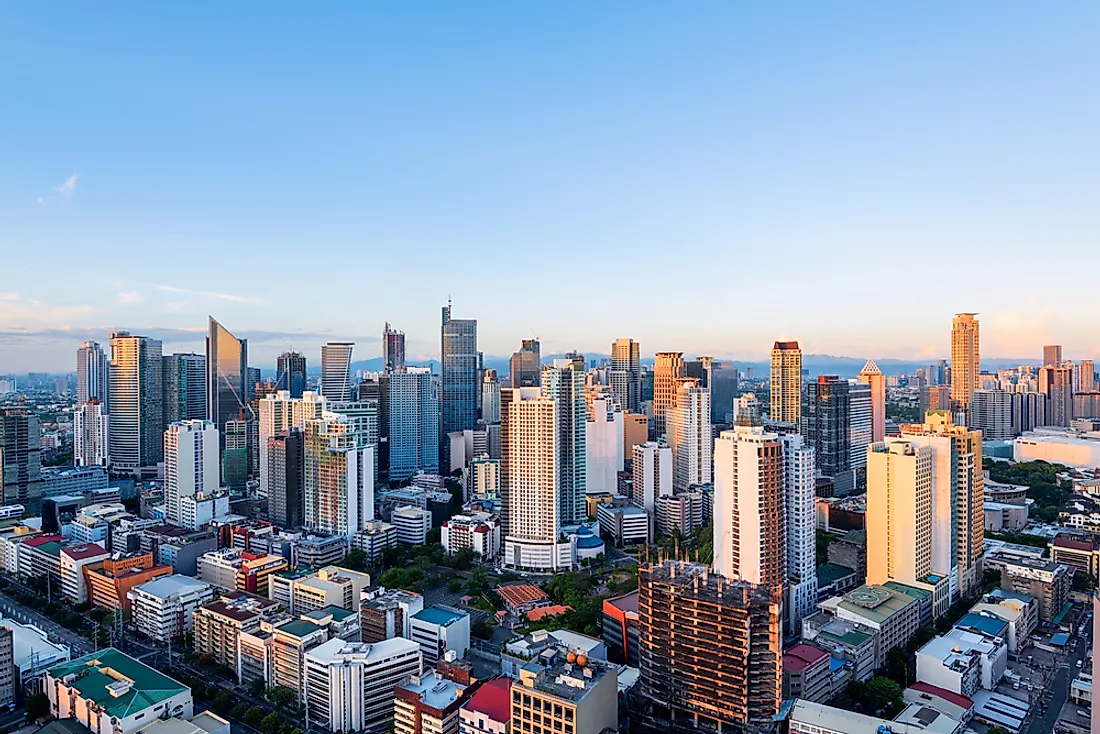What Is The Capital Of The Philippines?

The island nation of the Philippines is situated in Southeast Asia. The country has had different capital cities at various times. Some of the cities that have served as Philippines capital cities include Cebu, Baguio, Palanan, and Quezon Cities. Its current capital is the City of Manila, which was established in the 16th century, and has been an important city in Philippines history.
History
In the medieval period, Manila was a busy trading center on the banks of Pasig River. A Spanish conqueror visited the area on June 24, 1571, and declared the region as Spanish territory. The Spaniards formed a city council consisting of 12 members led by two mayors. The colonizers developed Manila to be the Spanish capital in the East Indies region. Manila became a famous business center for traders from Asia, Europe, Latin America, and Africa. Mexicans traded their silver for silk and spices from China. The city was briefly seized by Great Britain between 1762 and 1764. At the start of the 20th century, the city came under American rule. The city became a fierce battle field during the Second World War. Almost all of the buildings and structures in the city were destroyed during the war. The Philippines capital had to be moved to Quezon City. Manila reclaimed its position as the capital city of the Philippines in June 1976 and has retained that position to date.
Landscape
Pasig River cuts through the city dividing it into the north section and the south section. The City of Manila is extensive and covers up to 17 districts. Manila is dotted with unique architectural designs that reflect the cultures of the city's former colonizers. Although most of its structures were brought down during the Second World War, the city managed to rebuild its historic buildings after the war.
Economy
Manila has a thriving economy with a range of industries thriving in the city. The city is a manufacturing center with food processing factories, textile companies, chemical industries, and timber factories. Additionally, Manila is the financial hub of the Philippines. Major financial institutions have their headquarters in the city. Philippines' largest seaport is situated in Manila. The city also boasts of a prosperous tourism industry with record numbers of tourists visiting every year.
Administration
The city is governed by the mayor and a vice mayor. The two leaders work with a team of councilors who are elected by a majority vote for three-year terms. The members of the council run the affairs of the city including development matters. They also make laws for the city. For administrative reasons, the city of Manila is divided into several municipalities. These municipalities handle sanitation, healthcare, security, and education matters in their divisions.
Significance of Manila in the Philippines
Manila is a crucial city for the Philippines. Apart from being the nation's capital, Manila hosts a lot of official buildings and important government institutions such as the Supreme Court, and most government ministries. It is also home to the president's residence. Manila has immense historical and cultural significance for the people of the Philippines. Lastly, the city links the Philippines to the rest of the world through the Port of Manila.











